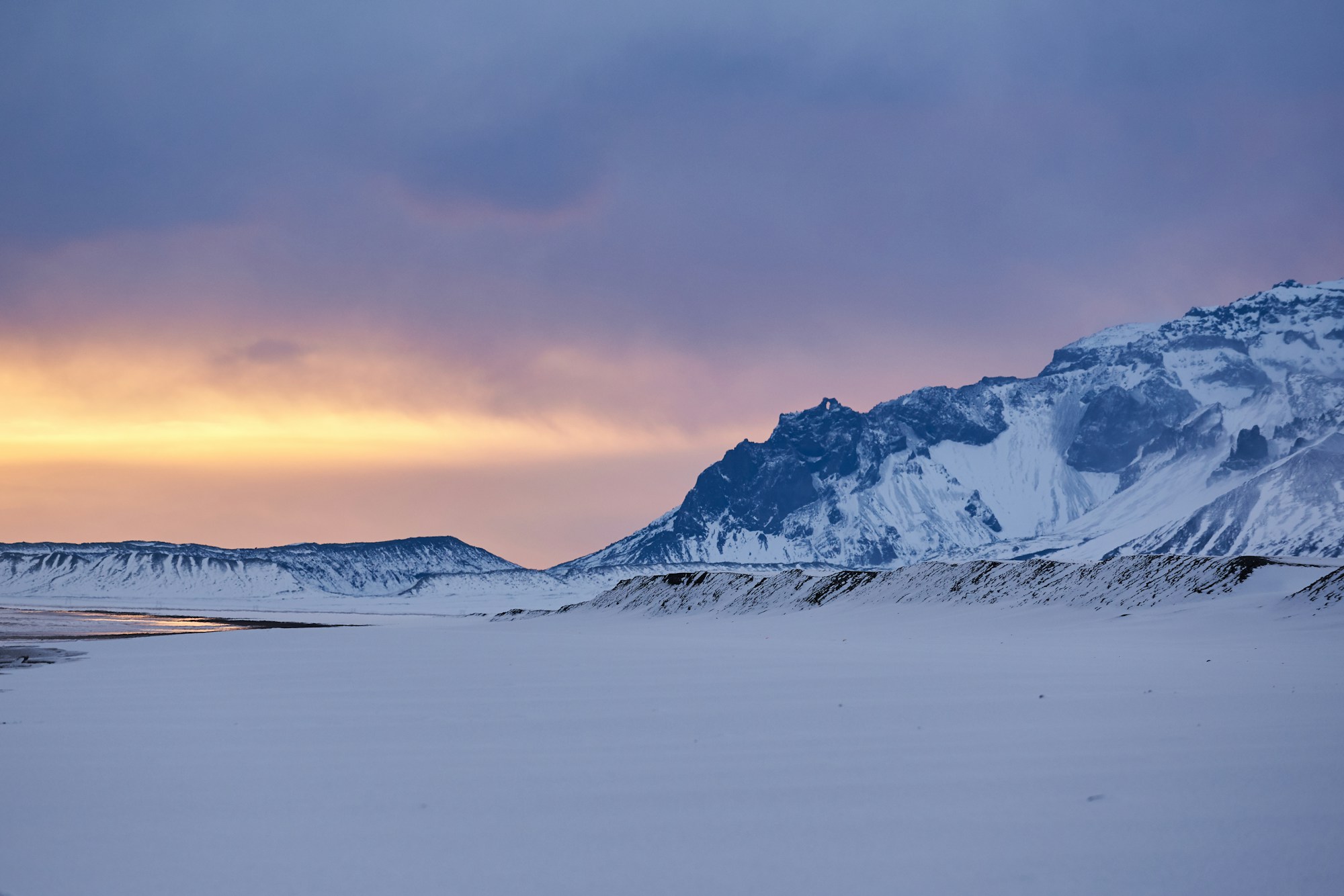- Location and Movement: The Arctic Circle, at about 66°34′ N latitude, is a dynamic boundary affected by Earth’s axial tilt.
- Astonishing Phenomena: Experiences the unique occurrences of polar night and midnight sun, intensifying further north.
- Historical and Geographical Significance: Home to diverse communities and marked by unique climatic conditions.
- Cultural and Etymological Roots: The term ‘Arctic’ has Greek origins, indicating its deep-rooted historical significance.
Exploring the Dynamic Boundary: The Arctic Circle’s Location and Significance
The Arctic Circle, a principal circle of latitude, sits approximately at 66°34′ N, distinguishing itself as the most northerly of Earth’s major circles. This remarkable line demarcates a world where extraordinary natural phenomena occur, signifying the relentless dance between Earth’s tilt and orbital mechanics.
The Phenomenon of Polar Night and Midnight Sun
At the heart of the Arctic Circle’s allure are the phenomena of the polar night and midnight sun. On the winter solstice, regions within the Circle experience a day without sunrise, while the summer solstice brings a day where the sun never sets. This dramatic play of light and darkness is not just a spectacle but also shapes the life and rhythm of the region. Murmansk, Russia, a city just above the Circle, exemplifies this, with extended periods of continuous daylight or darkness.

The Shifting Latitude of the Arctic Circle
Unlike static geographical markers, the Arctic Circle’s position is not fixed. Currently at 66°33′49.8″ N, it subtly shifts due to the axial tilt’s fluctuation, influenced by lunar tidal forces. This movement, although gradual, is a constant reminder of our planet’s dynamic nature.
Etymology: The Bear of the North
The term ‘Arctic’ has its roots in ancient Greek, derived from ‘arktikos’ (near the bear, northern) and ‘arktos’ (bear). This nomenclature is steeped in celestial lore, referencing the constellation Ursa Major, a prominent feature of the northern sky.
Midnight Sun and Polar Night: Understanding Earth’s Tilt
The Arctic Circle’s unique phenomena are direct results of Earth’s axial tilt. During solstices, the sun’s position relative to the horizon creates extended periods of daylight or darkness. Atmospheric conditions can extend these effects, making the phenomena observable even slightly beyond the Circle’s official limits.
Human Presence in the Arctic: A Tale of Resilience and Adaptation
The Arctic Circle is home to vibrant communities adapting to its unique challenges. From the large Russian cities like Murmansk and Norilsk to the smaller settlements like Rovaniemi near the Circle’s edge, human resilience shines. In North America, communities like Utqiaġvik in Alaska and Inuvik in Canada showcase how life thrives under extreme conditions.
The Arctic Circle’s Vast Geography
Encompassing a significant area of about 20,000,000 km², the Arctic Circle passes through diverse landscapes and waters. It traverses eight countries, each contributing to the rich tapestry of Arctic geography and culture.
Climate: A World of Extremes
The Arctic Circle’s climate is a study in contrasts. While generally cold, certain areas like northern Norway experience milder conditions due to the Gulf Stream. Summers can be surprisingly warm in places, while winters bring extreme cold, especially in the interior regions.
Navigating the Circle: A Journey Through Coordinates
From its starting point in the Atlantic Ocean, the Arctic Circle weaves through a series of coordinates, touching various countries and landscapes. This journey is not just a geographical exploration but also a cultural and ecological discovery.
In Conclusion
The Arctic Circle is more than a line on a map; it’s a living, breathing part of our world, rich in history, culture, and natural wonders. Understanding its dynamics, from the shifting latitude to the unique climatic conditions, offers insight into a region that continues to captivate and inspire.